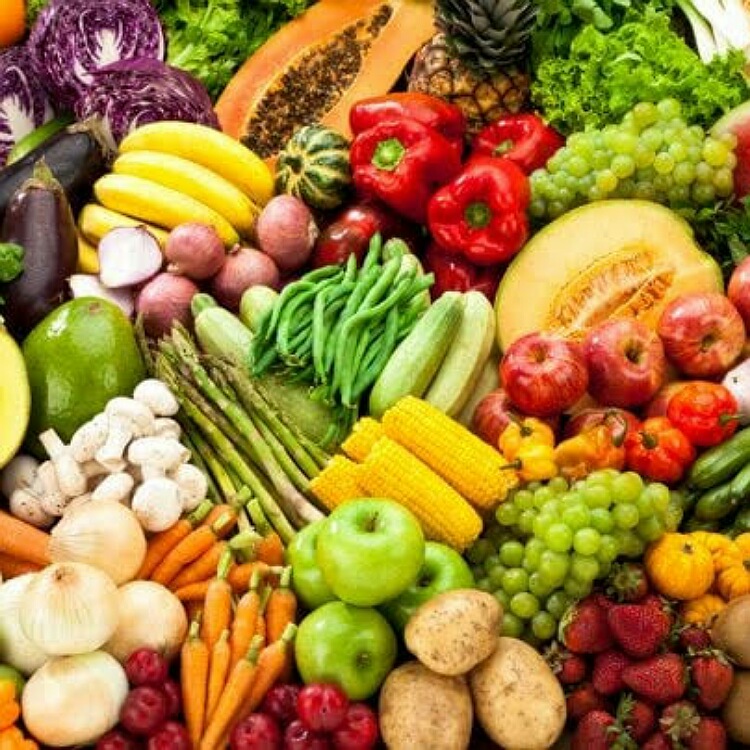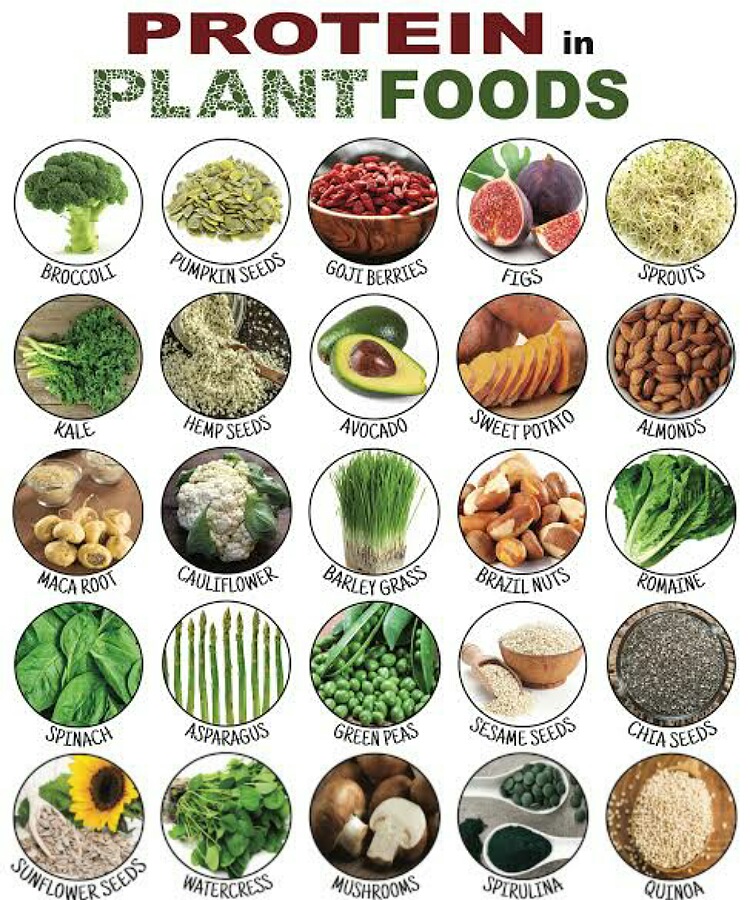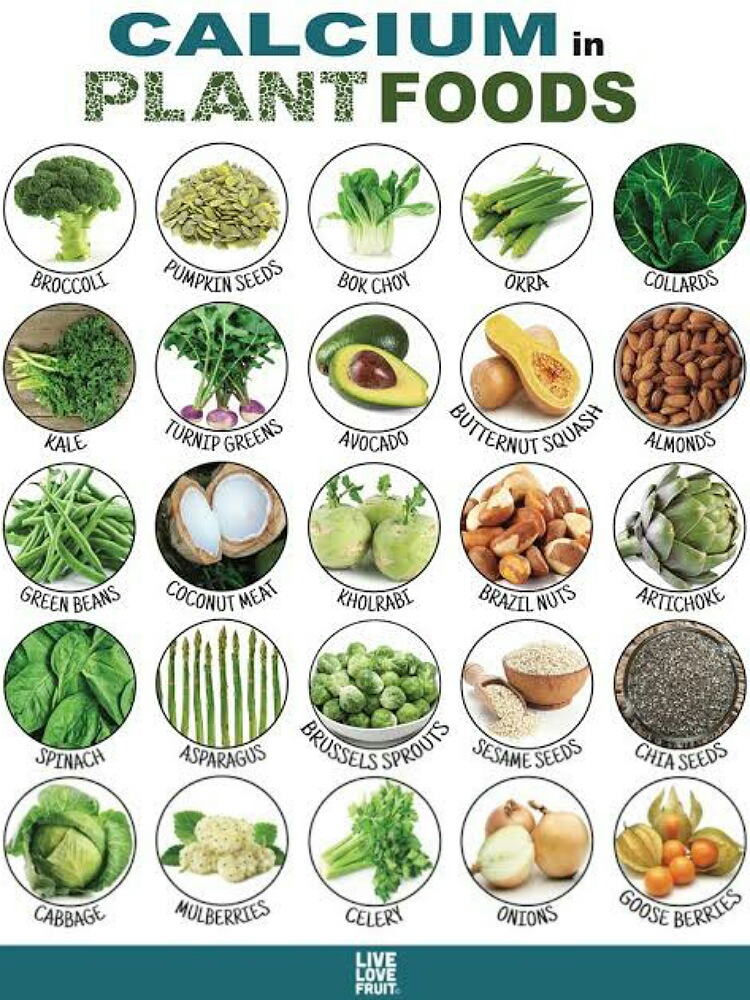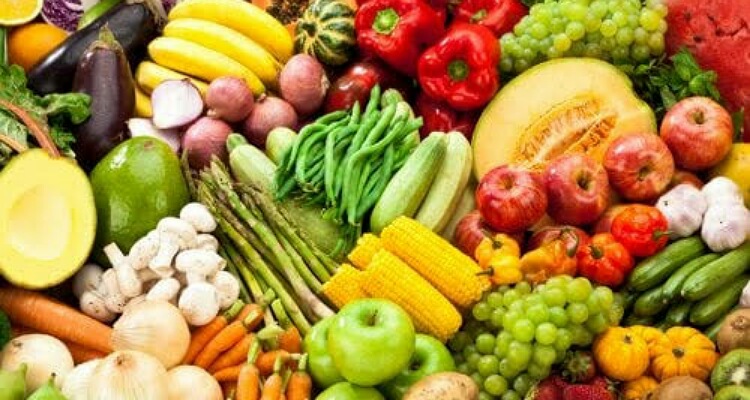Plant foods are beneficial to the consumer as well as the environment. But very few people in the USA are going for these nutritious foods.
Fortunately, many athletes are switching to this diet with good results.
But proper guidance is a must to persuade more people to go green as well as to see that those who have already done the switch do not suffer protein or micronutrient deficiency. Here are some tips for it.
Plant foods, the USA, and athletes
Plant foods are wholesome and nutritious with significant health benefits.
Those who consume more veggies and fruits are less prone to chronic ailments such as hypertension, heart disease, obesity, type 2 diabetes mellitus, and certain cancer types.
The federal guidelines state that an individual adult should have at least 2 to 3 cups of vegetables per day and 1.5 to 2 cups of fruits daily. But only 9% of the population eats the recommended veggies and 12% consume the advised fruits.

Fortunately, the number of athletes who have done the switch to plants as a source of food is increasing. This is growing in popularity thanks to the various campaigns on it.
Plants have a lot of starch and carbs in whole grains and legumes that could serve as a source of energy for them.
They have proteins, micronutrients, and antioxidants that assist them in muscle buildup and recovery. Thus, it helps in the overall performance of the athlete and improves it.
How to ensure that the diet meets their daily requirements of proteins and micronutrients without inducing deficiency in them? How to bring more people under the gamut of these foods?
Ensuring adequate proteins and micronutrients from plants
Normally an individual requires 0.5 to 0.8 g of protein per day. Whereas an athlete requires double this amount. Animal foods have more proteins and these are also of high quality.
They contain all essential amino acids, unlike the plant produce. Therefore, to ensure that the plants meet the protein requirements of these athletes, dietitians should ascertain that they are taking high-protein plant foods.
These include soybean and their products like tempeh, tofu, edamame, lentils, beans, pulses, nuts, seeds, and quinoa. Protein supplements should be added.
These are made from rice or peas. Recently insect origin protein powders are getting manufactured and marketed due to their high protein levels.

The vegetarian eater should be aware of the sources in plants of minerals and vitamins. Especially important in this are vitamin B12, zinc, iron, calcium, and vitamin D. Vitamin B12 is rich in dairy, eggs, and fish.
But if the athlete is not consuming this, vitamin B12 supplements should be added. For iron, green vegetables, nuts, whole grains, and fortified foods should be encouraged.
Vitamin C with non-heme iron increases absorption of the latter. Green leaves, tofu, etc also provide calcium. If the athlete is not taking fish, he or she should eat flax seeds, chia seeds, hemp, walnuts, and their oils.
These have alpha-linolenic acid (ALA) which converts into omega-3 fatty acids (EPA and DHA) in the body. Calories should be enough to meet energy needs.
How to convince people of the switch?
Many people get put off by the switch because they feel that meat products will be totally out of their diet.
This is not necessarily so. The dietitian should emphasize that plants should be the major chunk of the daily diet. Meat and animal foods can be taken but in lesser amounts. This would make the change less overwhelming for them.

Read more: Entomophagy or eating insects: Benefits and safety!
The changes should be in installments and slowly. It should not be sudden. Set realistic goals that are fun to achieve. For instance, one can add avocado to sandwiches instead of unhealthy cheese.
For snacks suggest going for fresh fruit and nuts instead of processed snacks. Gradually increase vegetable intake daily in steps. Introduce new plant-based foods that they have never tasted to add variety.
